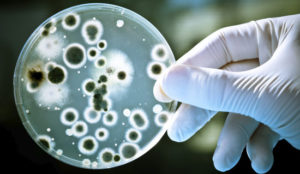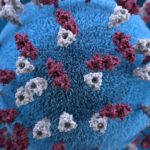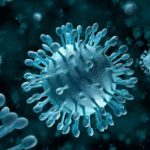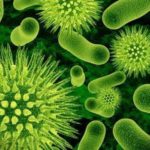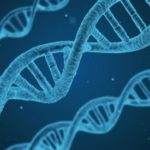Interesting facts about bacteria
Bacteria are present everywhere, absolutely everywhere, in every human body there are literally innumerable numbers. But don’t let that frighten you – not all bacteria are pathogenic, most of them, on the contrary, are necessary for normal vital activity not only of a person, but also of other living organisms.
Scientists believe that in the world there are more than a million species of bacteria, although to date, only about 10 thousand of them have been described and studied.
Although the bacteria were first seen in a microscope in the second half of the 17th century, the term “bacterium” itself appeared only 150 years later.
The man who discovered the connection between bacteria and disease, in 1850, was Louis Pasteur. His research in the field of medicine was continued by Robert Koch, who became the Nobel Prize winner in the early 20th century for studying the causative agents of tuberculosis.
All information necessary for the life of bacteria is stored in one DNA – in the expanded state, its length exceeds 1 mm.
Bacteria can have from zero to a thousand flagella, with which they move in space.
Bacteria on average are 0.5 to 5 micrometers in size.
Bacteria are able to sink into the liquid and float on its surface, changing their density.
They also know how to get energy through breathing, fermentation and photosynthesis.
Bacteria appeared on the planet about 4 billion years ago and were the first living creatures that inhabited the Earth.
It was thanks to bacteria that oxygen began to accumulate in the Earth’s atmosphere, which in several billion years had reached concentration suitable for respiration. The accumulation of oxygen was a blessing for the planet, but a real catastrophe for bacteria species not adapted to such an environment. These organisms either died out en masse or moved to places with an oxygen-free environment.
Bacteria not only cause diseases, but also participate in the formation of fertile soils, minerals, and the destruction of the bodies of dead animals and plants. Thanks to bacteria, oxygen and carbon dioxide are preserved in the atmosphere.
